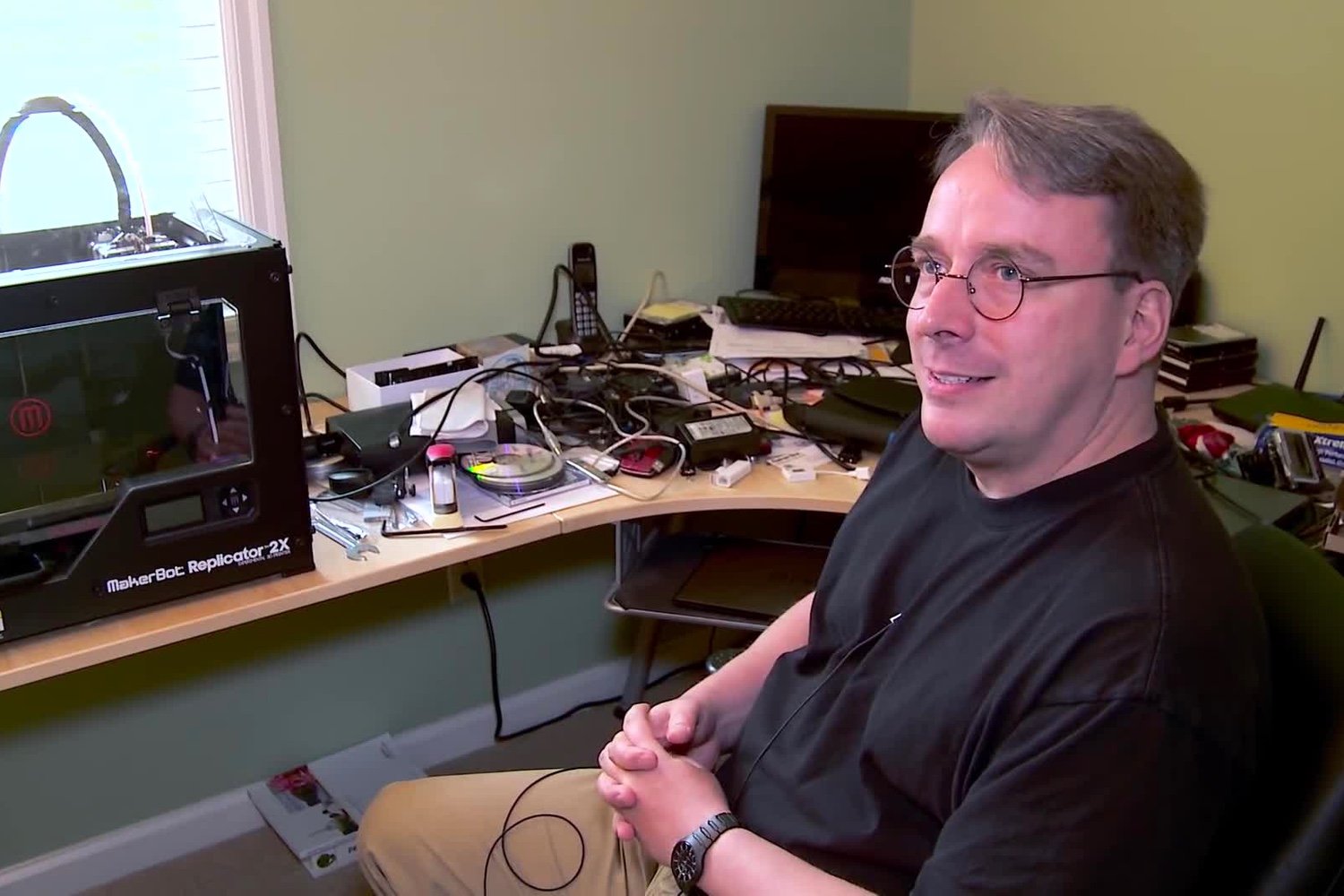-
1. Introduction to operating systems
While web developers primarily focus on coding web applications and front-end development, having a good grasp of operating systems is essential for ensuring the compatibility, security, performance, and reliability of their applications, as well as for troubleshooting and optimizing various aspects of web development.
-
2. Introduction to data networks
Networking is an integral part of web development because web applications rely on network communication to function. A solid understanding of networking concepts and practices is essential for building secure, performant, and reliable web applications.
-
3. The shell. Linux commands
Knowing Linux commands for a system administrator or even a software developer is of utmost importance because most servers run on a Linux or Unix operating system.
- 3.1 ls : showing files
- 3.2 file permissions
- 3.3 mkdir. Creating directories
- 3.4 rmdir. Deleting directories
- 3.5 Moving/renaming files and directories
- 3.6 Other commands
- 3.7 Mounting units
- 3.8 Daemons
- 3.9 What processes are running?
- 3.10 Who am I and where am I?
- 3.11 Files has its owner
- 3.12 Other commands
- 3.13 Users
- 3.14 The /etc/passwd file
- 3.15 The /etc/group file
- 3.16 Links
-
4. Shell script
In this chapter I want you to learn shell script but based on examples. Once you see the example I will propose another very similar one. If you do it and it works great, that means that not only do you understand the exercise but you are able to perform similar exercises. Keep in mind that with shell scripts you have to be patient. Misplaced whitespace can even cause a script to not work. If that happens, take a deep breath, be patient and persist, you will surely find the solution to the problem.
- 4.1. Your first shell script
- 4.2. Adding comments to your shell script
- 4.3. Variables in bash
- 4.4. Functions in bash
- 4.5 Conditional sentences
- 4.6. Repetitive sentences. Loops
- 4.7. Returning to functions
- 4.8. Arguments passed to a shell script.
- 4.9. Interaction with the user.
- 4.10. Using bash as a calculator
- 4.11. The expr command
- 4.12. What is the exit command and exit status?
- 4.13. File comparisons.
- 4.14. Comparisons of integers.
- 4.15. The shift command.
- 4.16. The let command and the arithmetic operators.
- 4.17. Logical operators.
- 4.18. The generation of random numbers.
- 4.20. C-style variables.
- 4.21. Menus in shell scripts.
- 4.22. Length of a string.
- 4.23. Finding out the numerical position of a substring in a string.
- 4.24. Extraction of a substring.
- 4.25. Deleting a substring.
- 4.26. Replacing a substring.
-
5. NETWORKING
1.3 Linux
Linux is a free Unix clone, initially programmed by Linus Torvalds with the technical assistance of a group of programmers over the Internet.
Complies with all the characteristics of the Operating Systems current UNIX systems, and with all the modern advances in Operating Systems, with real multitasking capacity, virtual memory, shared libraries, low consumption of resources, great memory management, work with TCP/IP…
Linux runs primarily on Linux-based machines and it is supported by practically 100% of processors from the market.
1.3.1 Who was Linus Torvalds?
He was born in Helsinki in 1969 and is a software engineer by profession.
He studied computer science at the University of Helsinki and it was there that he created his operating system which was initially called Freax but later renamed Linux.
He created the Linux kernel from Minix which is the operating system created by Andrew S. Tanenbaum and added to it utilities and tools created by the GNU project.

Many mobile operating systems base their philosophy on Linux. This makes a lot of logic since it is a free operating system and any development starting from scratch without taking into account what has already been done by Linux does not make much sense.
The future of operating systems is based on cloud computing, transferring what were the services offered by our system to the Internet. In the future it will be the Internet that will provide services and store customer data. Computer equipment will cache and work with this data, but its storage will really be on Internet servers. There will be many web-based services and customers will be able to access them with a wide range of possibilities and the pay-as-you-go system will surely be established.
The operating systems of the future are going to be based more and more on the browser (the first to turn towards this philosophy was Google Chrome). Many people, although they recognize the benefits of this technology, are not in favor of this idea because it generates a dependency on service providers and Internet access.
Explain to your partner what is pay as you go and what is the future of operating systems
